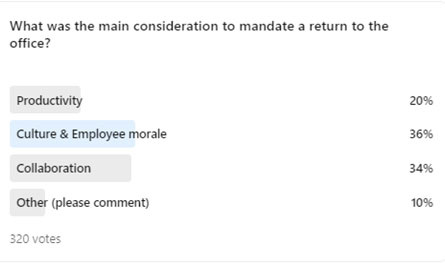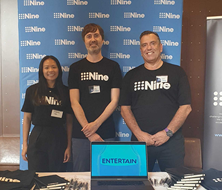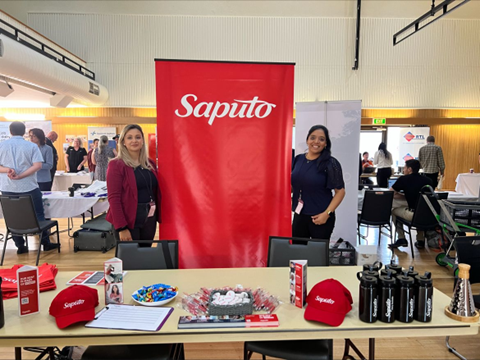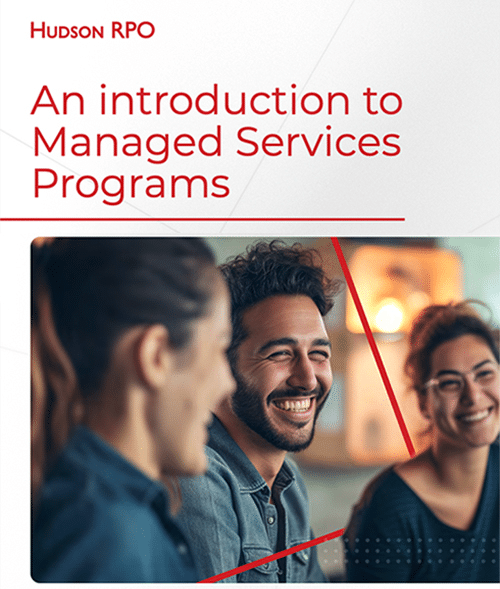- Blogs & Articles
An introduction to pay transparency: Navigating a Shifting Landscape
At the beginning of 2021, it seemed as if the entire workforce of Colorado had mysteriously fallen out of favor. An analysis of public job postings at the time revealed more than 400 employers had specifically excluded Coloradans from being considered for an abundance of remote opportunities. “Open to remote work, except cannot work in Colorado,” one prominent company’s job postings bluntly stated at the time, adding, “Colorado candidates will be required to relocate.”
What exactly triggered this sudden reluctance towards hiring Colorado-based employees?
Did companies worry that the state’s famously thin air might hinder worker productivity? Were executives apprehensive about visiting employees via Denver’s notoriously strange airport? No, the sudden shift stemmed from the state’s implementation of the Equal Pay for Equal Work Act, the most comprehensive pay transparency legislation in the country when it took effect on January 1, 2021.
The Colorado law imposed a mandate on all employers with employees in the state “to announce to all employees employment advancement opportunities and job openings and the pay range for the openings.” The purpose of the Colorado statute was to foster pay equity by leveling the playing field and ensuring equal access to pay information. As research has demonstrated, increased pay transparency contributes to narrowing the persistent gender pay gap. The law also included enforcement mechanisms, imposing fines up to $10,000 per violation for failing to disclose pay ranges in job postings. Confronted with the choice between revealing salary information or facing significant financial penalties, those 400 companies chose evasion.
However, since 2021, the number of pay transparency measures has proliferated among states and municipalities, such that by the dawn of 2023, nearly 1 in 4 US employees resided in a region where employers were mandated to disclose salary information. With the expansion of these disclosure requirements, evasion has become an increasingly untenable strategy, and many of the early resisters to the Colorado disclosure laws have since reversed course. Indeed, the proportion of job postings that include employer-provided salary data has been rising at the national level, growing from 18.4 percent in February 2020 to 43.7 percent three years later. No longer confined to a single state in the Rockies, pay transparency requirements from coast to coast are revolutionizing both the approach to pay disclosure and pay practices in general.
To help organizations navigate this shifting landscape, we are introducing a series of articles and a pay transparency report that will delve deeper into pay transparency and its implications, including the legal dimensions, benefits, strategies and real-life case studies of transparency implementation. As part of our mission, we hosted the HRO Today Livestream ‘Embracing Wage Transparency and Equity’, see the full playlist of highlights from the session below:

Hudson RPO
Content Team
The Hudson RPO Content Team is made up of experts within the Talent Acquisition industry across the Americas, EMEA and APAC regions. They provide educational and critical business insights in the form of research reports, articles, news, videos, podcasts, and more. The team ensures high-quality content that helps all readers make talent decisions with confidence.
Sign up to receive the latest recruitment insights and Hudson RPO news.












